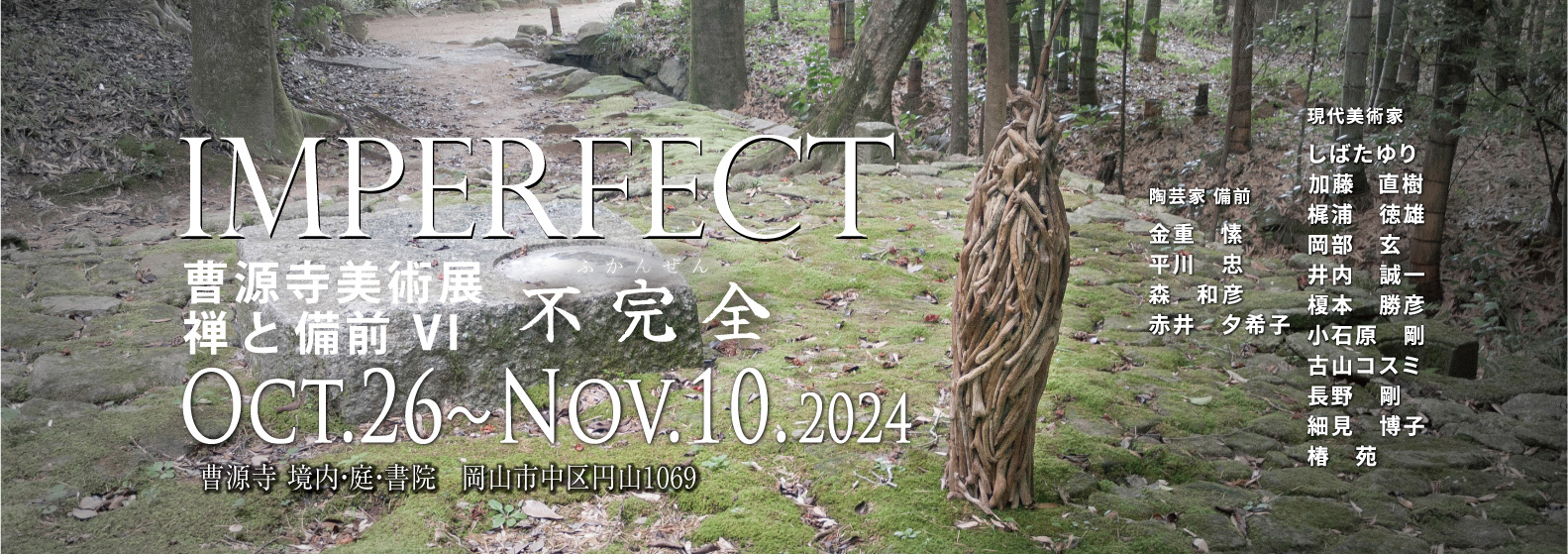**”A Reflection on Imperfection”**
Okakura Tenshin, known as the founder of the Japan Art Institute, wrote The Book of Tea with the aim of introducing Japanese aesthetics and philosophy to the West through the art of tea ceremony. In this book, Tenshin found the essence of Japanese aesthetics in the concept of “imperfection” and asserted that embracing it is the true core of beauty.
This perspective contrasts with the Western pursuit of perfection and completeness in art. For instance, the cracks in a teacup, the uneven shapes, or the admiration for things decaying in nature are not regarded as flaws. Rather, they are cherished for the history they represent, their harmony with the forces of nature, and the traces of human craftsmanship.
This “beauty of imperfection” is a crucial element not only in painting and calligraphy but also in various traditional Japanese arts such as ceramics and lacquerware. Respecting the natural flow and the outcomes of chance, while discovering beauty in them, has long been held in high esteem.
Among these, the concept of wabi-sabi evolved into a unique aesthetic.
Wabi refers to the appreciation of simplicity and austerity, while Sabi embodies the beauty found in the passage of time and the aging process. These ideas reject excessive ornamentation and artificial perfection, promoting a deep understanding and empathy for things that are natural and ever-changing.
Thus, the “beauty of imperfection” which Tenshin speaks about is in his book offers a perspective deeply rooted in the philosophy of Japanese culture, providing a viewpoint distinct from Western aesthetic values.
However, this philosophy is not exclusive to Japan. In Chinese Daoism and Buddhism, the concept of wu wei—letting things take their natural course—teaches that accepting imperfection and the unnecessary is a virtue. Similarly, in European Celtic culture, there is a strong tradition of valuing harmony with nature, the cyclical nature of time, and the acceptance of human imperfection. These shared elements suggest that such an appreciation for imperfection can be understood as a universal aesthetic that transcends many cultural spheres since ancient times.
In this exhibition, held in the setting of a Zen garden, traditional and contemporary art coexist. I hope you will fully enjoy this generous “beauty of imperfection.”
Curated by Hiroyoshi Chikashige

